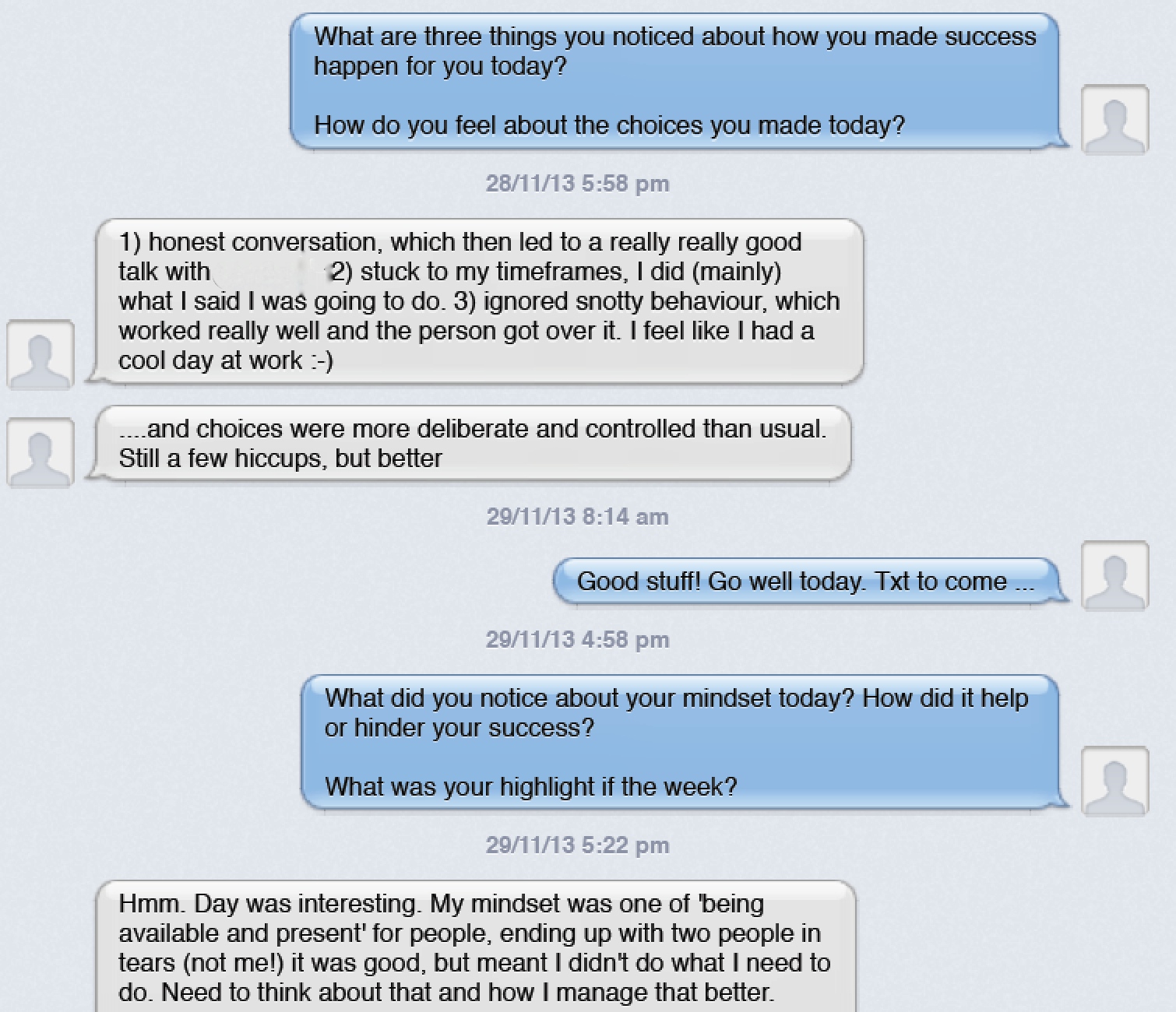
What’s Your Circuit Breaker?
3rd Jul 2014Busy? Sure! Getting stuff done? You bet. Learning? Hmmm…
For most of us, the days can fly by, largely shaped by to-do lists, back-to-back tasks, and meetings. Business activities. Busyness activities. I assume the idea behind all of this is that if we get through all of the activities, we’ve done a good day’s work.
But pick a manager or professional at random, scratch beneath the surface, and you’ll find that they’re over-busy. They’re yearning for space to breathe, to think, to stand back and make sense of stuff. Time to read the signs, make some decisions, adjust course.
In short, they need a circuit breaker. And preferably not of the crisis kind. Too many people only change after they ‘hit the wall’ – e.g. burnout, heart attack, marriage breakup. While valuable lessons can be learned from a good crisis, it usually comes at a cost, and the road to recovery is usually a long one.
How do you build simple circuit breakers into your life to stay on track and keep learning? Here’s an example of a circuit breaker in action:
Recently, a client and I worked together over a few months to help her to step up into a bigger, more challenging role. The new job required her to drive results through her managers and their teams, and let go of doing a lot of the detailed work herself.
Being an action-oriented, ‘busy’ sort of person, her challenge was to learn how to not do all the work herself. One of her main development areas was to learn to regularly step back, reflect and make sense of what was going on, rather than plough on through her to-do list. She needed a circuit breaker.
So we set up an experiment. Every day for three weeks, at 5:00pm, I sent her a text. The text was different each day: an open-ended question designed to get her to stop, step back, and review how she was tracking. She took the time to write a detailed reply, which forced her to slow down and process her thinking.
At the end of the coaching programme, she reported that the ‘text experiment’ was the single biggest factor in helping her to let go of old mindsets and behaviours, and be the leader she needed to become.
Here’s some of the conversation:
Circuit breakers can come in multiple forms, and they’re readily accessible if you’re willing to build them into your life. They can be something as simple as a daily text, or something as chunky as a six month sabbatical. The main thing for a circuit breaker to be effective is that it:
- disrupts your normal routine; and
- provides a way for you to stop, step back, and make sense of what’s happening.
In a recent leadership development workshop I was running, we brainstormed the sorts of circuit breakers that worked for the participants. Here are a few examples:
- Take a walk around the block
- Set a daily reminder on Outlook
- Meet for breakfast monthly with a group of colleagues with diverse background
- Get a coach / mentor to ask you questions that make you think
- Take a month off every year and go somewhere new
Personally, I’ve found that combining a daily circuit breaker that takes very little time (e.g. going for a walk around the block) with a more structured but less frequent one (a coach) gives me the thinking space I need.
And I’m just about to trigger one of the bigger circuit breakers I’ve had for a while – I’m heading off for three months for an adventure with my family to the Kimberley region of Western Australia. No emails or phones, just the majesty of nature and a completely different way of living for a while.
Think about what circuit breakers you have available to you. How well are you using them? How can you deliberately build them into your life to ensure you get the thinking space you need?
Like this post? You’re only getting half the story. Sign up to my ‘Thinking From The Edge’ newsletter, delivered monthly to your inbox.



3 thoughts on “What’s Your Circuit Breaker?”
Comments are closed.